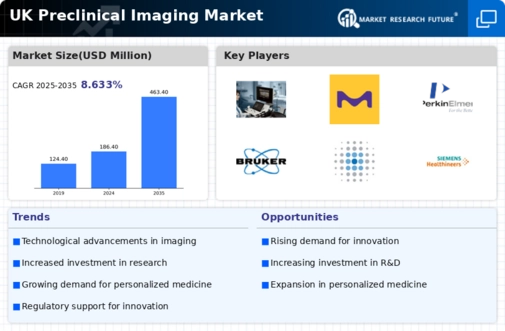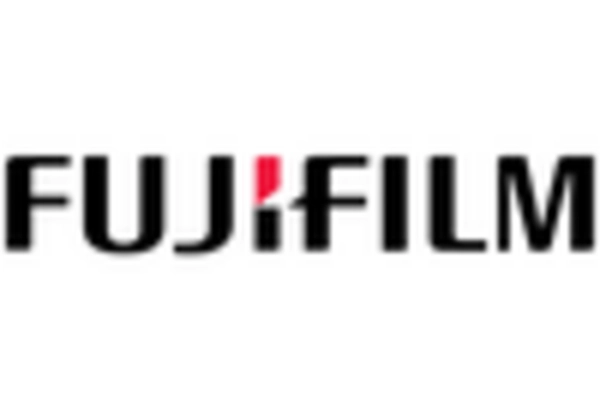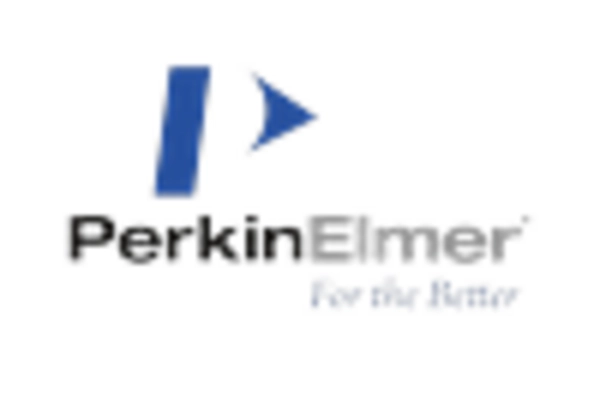Integration of Artificial Intelligence
The integration of artificial intelligence (AI) into imaging technologies is transforming the preclinical imaging market. AI algorithms are being developed to enhance image analysis, improve accuracy, and reduce the time required for data interpretation. This technological advancement appears to be a game-changer, as it allows researchers to extract more meaningful insights from imaging data. The potential for AI to streamline workflows and enhance productivity is likely to attract more investment into the preclinical imaging market. As AI continues to evolve, its applications in preclinical imaging may expand, further driving market growth and innovation.
Expansion of Biopharmaceutical Research
The preclinical imaging market is benefiting from the expansion of biopharmaceutical research in the UK. As the biopharmaceutical sector continues to grow, there is an increasing need for advanced imaging technologies to support drug discovery and development processes. The UK government has invested heavily in biopharmaceutical initiatives, with funding exceeding £1 billion in recent years. This investment is likely to enhance the capabilities of preclinical imaging, facilitating more efficient and effective research. Consequently, the preclinical imaging market is poised for growth, as biopharmaceutical companies seek to leverage imaging technologies to improve their research outcomes.
Growing Emphasis on Regulatory Compliance
The preclinical imaging market is increasingly influenced by the growing emphasis on regulatory compliance in research practices. Regulatory bodies are placing greater scrutiny on the methodologies used in preclinical studies, necessitating the adoption of advanced imaging techniques that meet stringent standards. This trend is prompting researchers to invest in high-quality imaging technologies that can provide reliable and reproducible results. As compliance becomes a critical factor in the approval process for new drugs, the preclinical imaging market is expected to expand, driven by the need for technologies that align with regulatory expectations.
Rising Demand for Non-Invasive Techniques
The preclinical imaging market is experiencing a notable increase in demand for non-invasive imaging techniques. Researchers and pharmaceutical companies are increasingly prioritising methods that minimise harm to animal subjects while providing accurate data. This shift is driven by ethical considerations and regulatory pressures, as well as the need for reliable results in drug development. The market for non-invasive imaging modalities, such as MRI and PET, is projected to grow significantly, with estimates suggesting a CAGR of around 8% over the next few years. This trend indicates a robust future for the preclinical imaging market, as stakeholders seek to balance scientific advancement with ethical responsibility.
Increased Funding for Research Initiatives
The preclinical imaging market is witnessing a surge in funding for research initiatives, particularly in the fields of oncology and neurology. Government and private sector investments are being directed towards innovative imaging technologies that can provide deeper insights into disease mechanisms. Recent reports indicate that funding for preclinical research in the UK has increased by approximately 15% over the past year, reflecting a growing recognition of the importance of imaging in drug development. This influx of capital is likely to bolster the preclinical imaging market, enabling the development of cutting-edge imaging solutions that can accelerate research timelines.

















Leave a Comment